Servius Tullius' (c. 579-535 BCE)
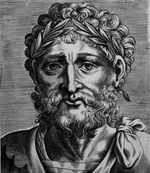
Main Political Characteristics
Sixth king of Rome, traditionally credited with major constitutional and social reforms.
First Roman king of uncertain/free birth (according to legend, son of a slave woman), which influenced his policies towards commoners.
Authority still monarchical, but his reforms laid foundations for later Republican institutions.
Institutions of the Time
- The Census:
- Introduced the first systematic population and property census, dividing citizens into classes based on wealth and arms-bearing ability.
- Centuriate Assembly (Comitia Centuriata):
- Created as a new political body organised by centuries (military units), replacing family/clan divisions with class-based organisation.
- Senate:
- Continued to exist as patrician advisory body, but its dominance began to be counterbalanced by the new assemblies.
Polis Management
Expanded Rome’s urban territory, including fortification of the Servian Wall (traditionally attributed to him).
Organised population into tribes based on place of residence, strengthening ties between Rome’s expanding population and civic identity.
Regularised taxation and military service according to census categories, ensuring more equitable distribution of duties.
Democracy, or not?
Still a monarchy — Servius retained supreme imperium.
However, his wealth-based assemblies introduced a proto-democratic element, where voting power corresponded to economic contribution.
First institutional shift away from purely aristocratic control.
Social Structure and Strata Rights
- Patricians:
- Retained elite status, but their exclusive dominance weakened by census-based reforms.
- Plebeians:
- Gained new recognition as organised voting blocs within the Centuriate Assembly.
- Clients:
- Continued dependence on patrician patrons, but had more structured civic roles.
- Slaves/War Captives:
- Growing in number, but without rights; Servius’ own legendary origin blurred lines of birth/status in narratives.
Servius Tullius’ Reforms (c. 578–535 BCE)
| Aspect | Ancus Marcius (640–616 BCE) | Servius Tullius (578–534 BCE) |
|---|---|---|
| Economic Base | Predominantly agrarian; farming and livestock. Limited surplus production. | Still agrarian but with structured taxation and census-based resource allocation. First real attempt to quantify economy. |
| Infrastructure for Trade | Built the first bridge across the Tiber (Pons Sublicius), founding Ostia (Rome’s first port). Enabled salt and river trade. | Expanded city boundaries and urban structures. Market space inferred but not archaeologically attested. City walls (Servian Wall) provided security for trade. |
| Monetary System | No evidence of coinage or money; barter and redistribution dominated. | Still pre-monetary, but census may have used rough valuations (land, livestock, metal). No coinage yet in Rome; earliest Roman coinage is later (c. 4th century BCE). |
| Taxation | Not systematic. Revenue mainly from conquest, tribute, and state land. | Introduced census → structured taxation by property class. Aimed at proportional contribution to army and state. |
| Market Structure | No formal markets, only proto-exchanges at settlements or sanctuaries. | Early organization of economic space suggested (Forum Boarium area). No auction or structured market institutions yet. |
| External Trade | Salt trade at Ostia, riverine commerce along Tiber. Some contacts with Latium and Etruria. | Broader connections via Etruscan influence. Imported pottery and luxury goods suggest trade links with Mediterranean. |
| Slave Trade | War captives likely absorbed into households. No evidence of structured slave markets. | Same pattern: captives used as domestic or agrarian labor. No open market attested. |
| Horse & Military Assets | Horses part of aristocratic wealth (for cavalry). No market exchange recorded. | Horses classified within census (equites), showing early institutional role in economy. |
| Ships & Seafaring | Ostia = salt export hub, primitive seafaring. | No independent naval trade, but more structured urban demand (construction, goods). |
| Archaeological Evidence | Ostia remains, Tiber bridge traces, salt production hints. | Imported pottery, Servian Wall foundations, burials with imported goods (Etruscan/Greek connections). |
Introduction to Early Rome: The Seven Kings
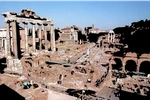
Romul, the First King of Rome
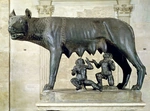
Numa Pompilius, Second King of Rome

Tullus Hostilius, Third King of Rome
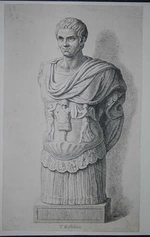
Ancus Marcius, the Fourth King of Rome
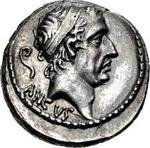
The Roman King Tarquinius Priscus
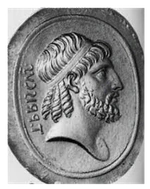
Tarquinius Superbus, the Last King of Rome
